Are you looking into purchasing LEDs that can help save some extra cash in your wallet? After all, lighting systems vary in price, each with a different performance level, depending on your needs. You will also want to install the type that costs less and provides sufficient lighting according to your preference. Cheap LED lights may seem attractive for that purpose but they come with notable risks.
So please continue reading to find out more about their quality!
Are cheap LED lights Good?
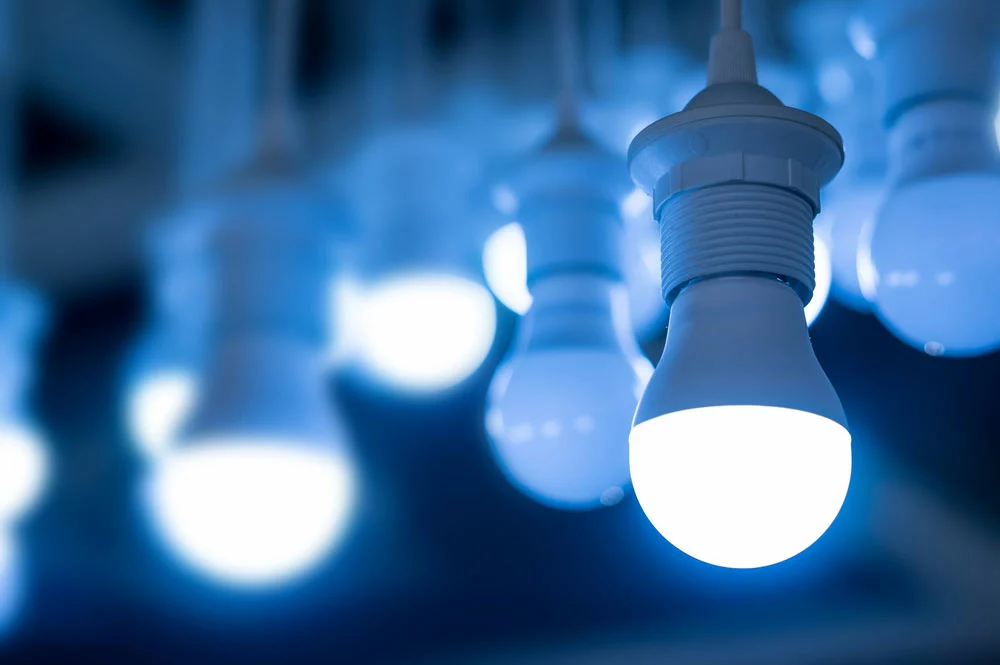
More expensive LED bulbs generally last longer than cheap LED bulbs.
No. Although cheap LED lights produce an equivalent brightness level to higher-priced LEDs, they experience performance failures less than twelve months after installation. As a result, owners will need to shell out more cash toward replacements and additional maintenance.
How much do LED lights usually cost?
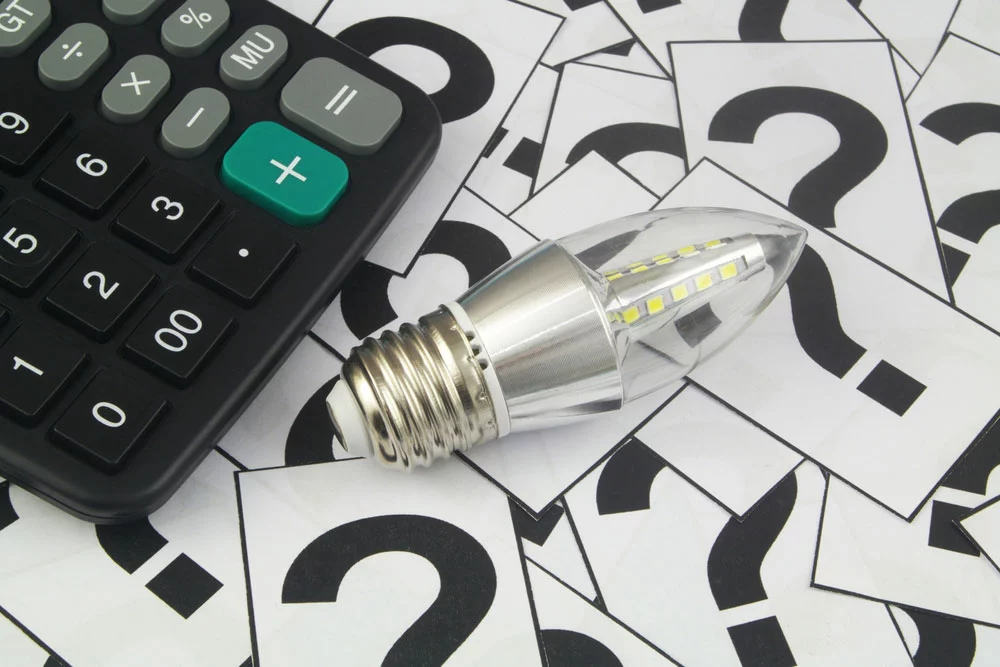
LED lights have a higher price than other bulbs.
On average, LED lights cost around $3 to $12, depending on the light output level. It costs $5-$9 to replace a 60-100W incandescent bulb with an equivalently rated LED. In this case, you will need to rely on lumens rather than watts. So an 8.5W—15W LED (800lm-1,600lm) provides the same brightness level as a 60-100W compact fluorescent bulb or incandescent bulb.
The chart below shows the prices of a single LED bulb based on its lumen output.
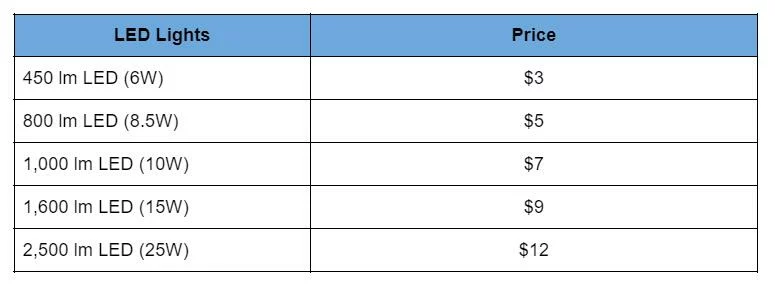
Generally, LED lights are more costly but allow you to save money because it consumes less power.
Are LED Lights Cheaper to Run?
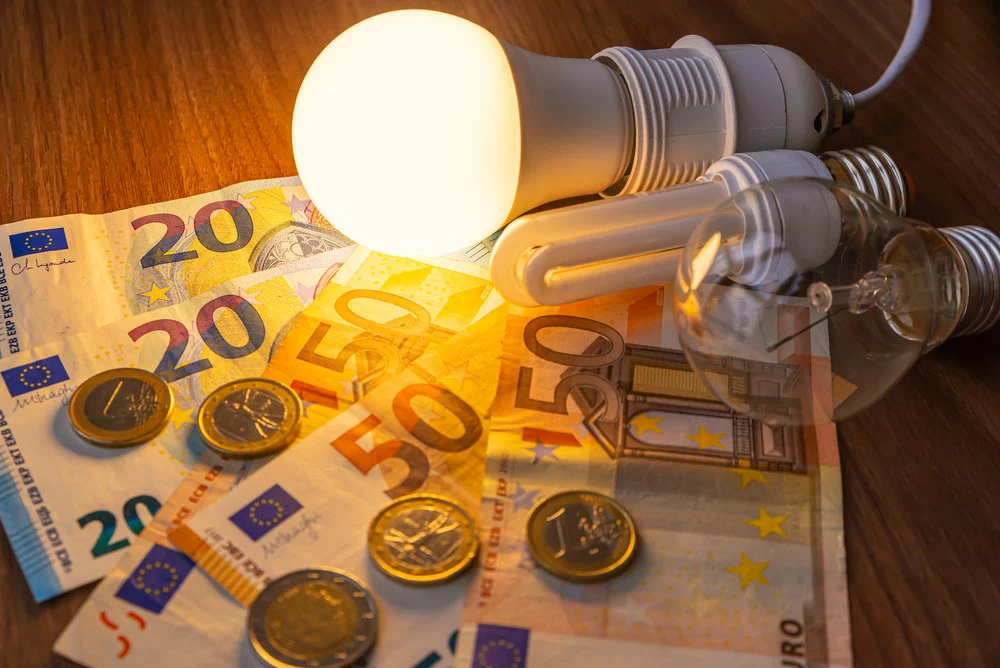
LED lights save consumers more money compared to fluorescent and incandescent bulbs.
As you can imagine, running LED lights makes them more cost-effective than incandescent lights or fluorescent bulbs. Plus, they don’t require as much energy, leading to cost savings. LEDs also last a lot longer, and most of their energy transforms into light more efficiently.
The chart below shows the cost of running various light types on a tree:

As you can see, running LED lights lead to more energy savings. The other comparison below shows costs during the holidays.

Therefore, LEDs save you more money for years to come.
Difference Between Cheap LEDs and Quality LEDs
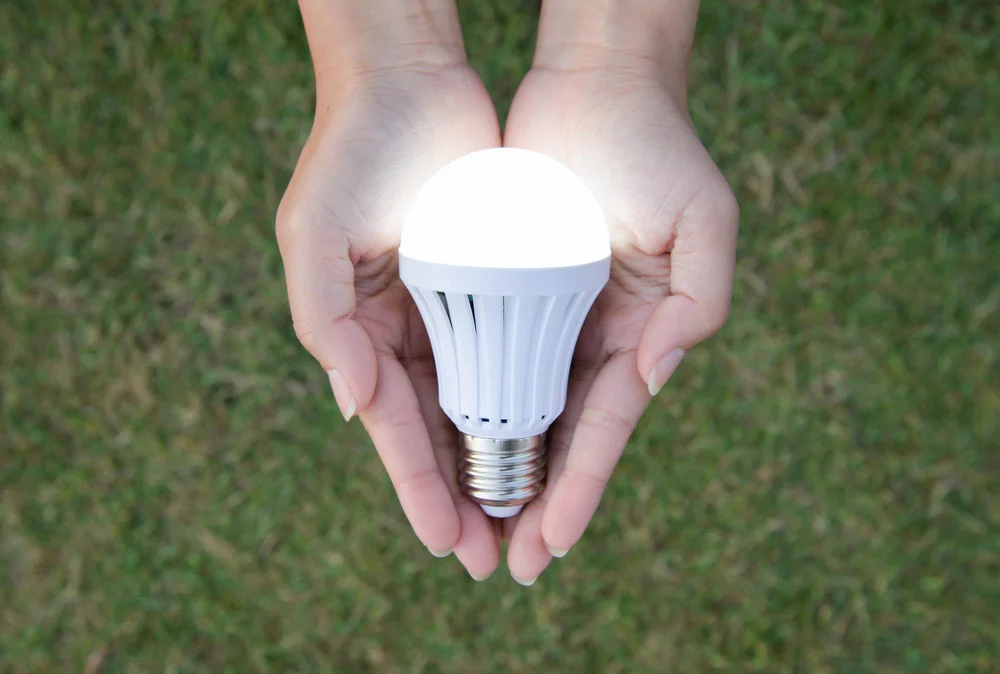
You can determine a LED’s quality based on a few factors.
LEDs have become increasingly popular, but consumers must determine their overall quality before installation. The list below can help differentiate between low-quality and high-quality LED lights.
Consistent Color
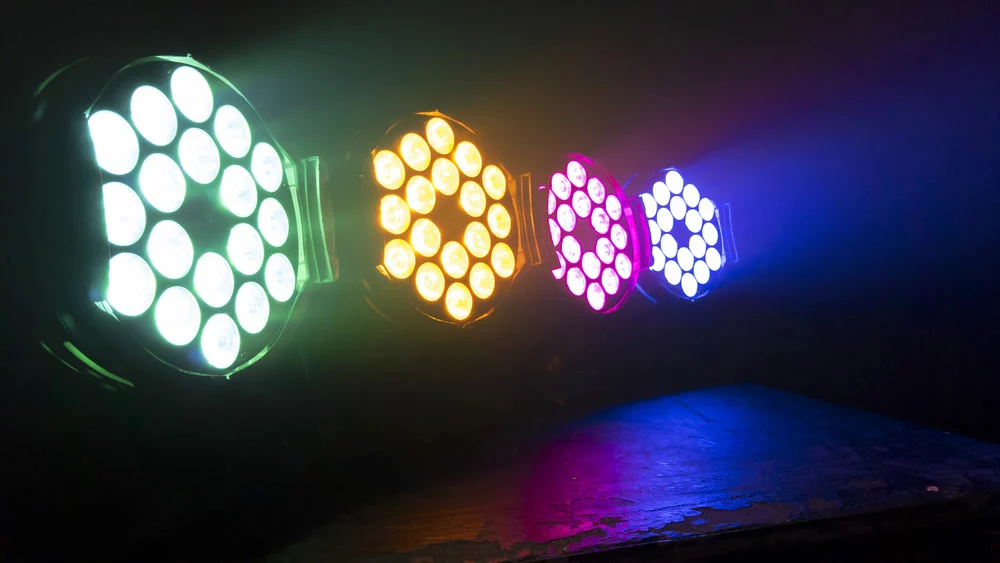
Quality LEDs should have a consistent color.
LEDs come in all colors, but a bright white light or soft yellow is the best option. However, you will need to ensure the LEDs produce consistent color. So the high-quality LEDs, with an equal color temperature, should emit a consistent color after installation. On the other hand, inexpensive LED lights will generate an inconsistent color based on the provided color temperature.
Light direction

High-quality LED bulbs come with an accurate beam spread rating.
An LED light features a chip with a lens above it to ensure the beam stays in one direction. A decent LED will shine this light in the direction advertised. Meanwhile, cheap LEDs have an inaccurate beam spread rating. So it will not match the direction as indicated.
Thermal Management System
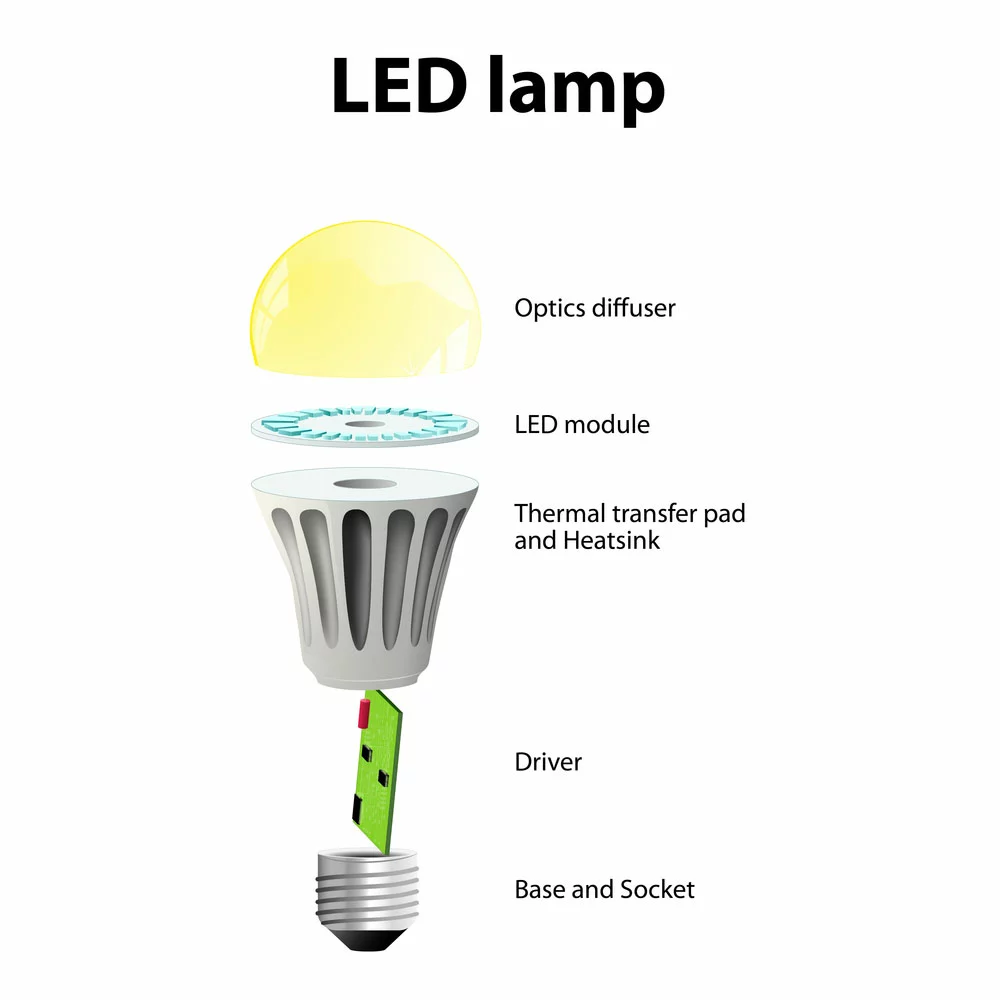
An LED bulb features a heat sink to withdraw heat.
You can determine the LED’s quality based on its thermal management. Light production generates heat, which must dissipate away from the bulb. High-quality LEDs feature a metal heat sink that withdraws the heat. Meanwhile, the less costly LEDs have plastic heat sinks or fans to remove the heat. However, the latter option has a higher risk of failing, degrading performance until it no longer works.
Savings
You can also refer to the LED’s energy efficiency to determine cost savings. Typically, quality LED lights have a 60-efficacy rating on average or higher. Anything below that value results in a cheap LED since it cannot produce bright light without consuming much energy.
Summary
Overall, cheap LED bulbs present more problems than solutions, especially in the long run. Due to their short life expectancy, you’ll pay more money to maintain and replace them consistently. So you should purchase higher quality LEDs to ensure durability, reliability, and longevity. High-quality LEDs emit ambient light, even when incorporated with a lighting fixture.
Do you have any questions regarding cheap LED lights? Feel free to contact us!
